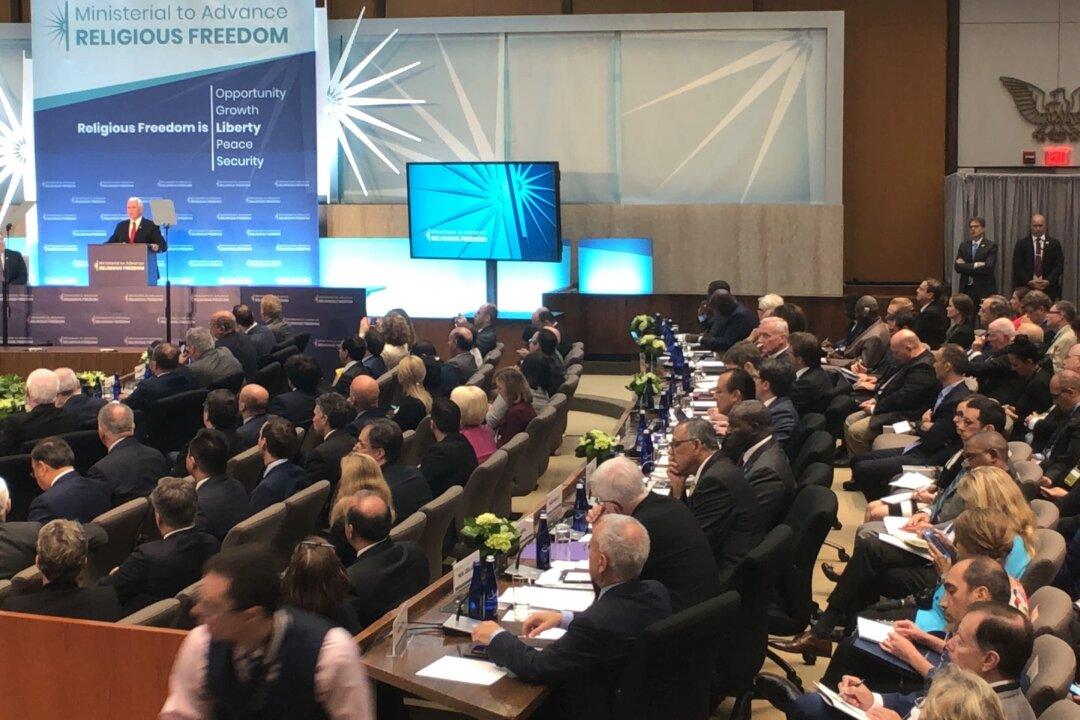WASHINGTON—When the Islamic State suddenly emerged on the world stage in April 2013, it seemingly came out of nowhere. The international community took notice when it won military victories in taking over most of the Sunni areas in Iraq in June 2014 and expanded into Syria.
Known as the Islamic State of Iraq (ISIS) since 2006, it proclaimed itself the caliphate with the Caliphate Declaration on June 29, 2014. Henceforth, it wanted to be known as “the Islamic State,” without particular reference to Iraq and Syria. As the caliphate, it claimed jurisdiction over all Muslims in the tradition of political-religious states, which followed the death of the Prophet Mohammed in 632. The ruler, the caliph, translated from the Arabic means “successor.”
It is apparent now that the Islamic State is not al-Qaeda. Outwardly, it differs from al-Qaeda in a number of respects, particularly in its greater cruelty displayed in the public beheadings of innocent victims, and the targeting of Shi'a Muslims.
The sudden appearance of the Islamic State was a surprise to most observers. We could have anticipated its claims and objectives had more attention been given to Islamic State leaders, their statements, and their own sources, says Cole Bunzel, who is the author of a Brookings Institution analysis paper, “From Paper State to Caliphate: The Ideology of the Islamic State,” published this month.



